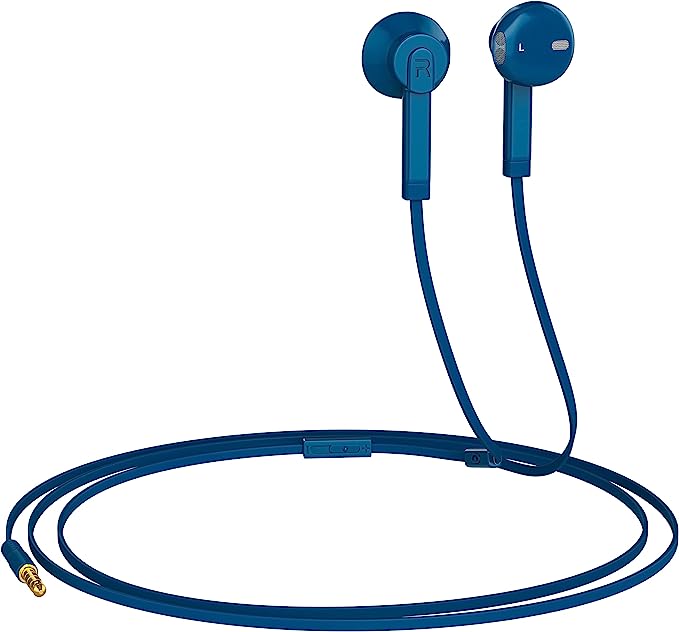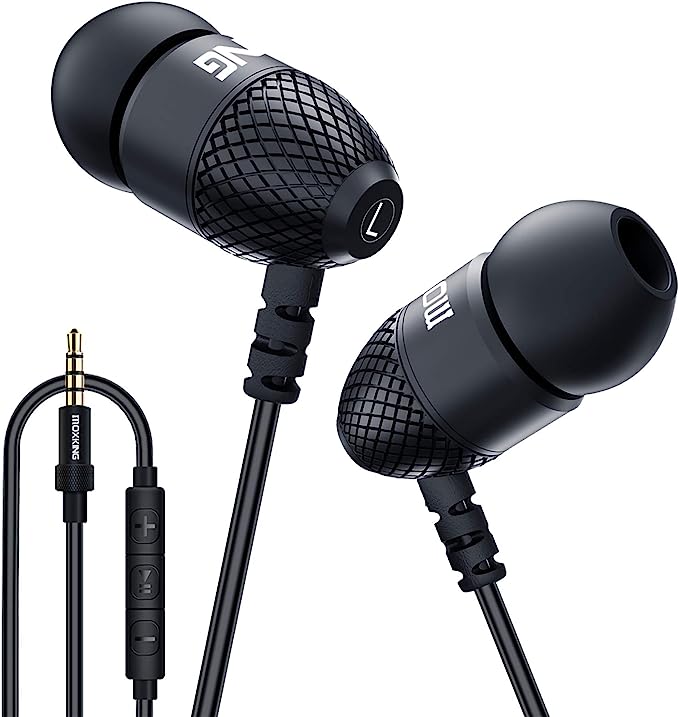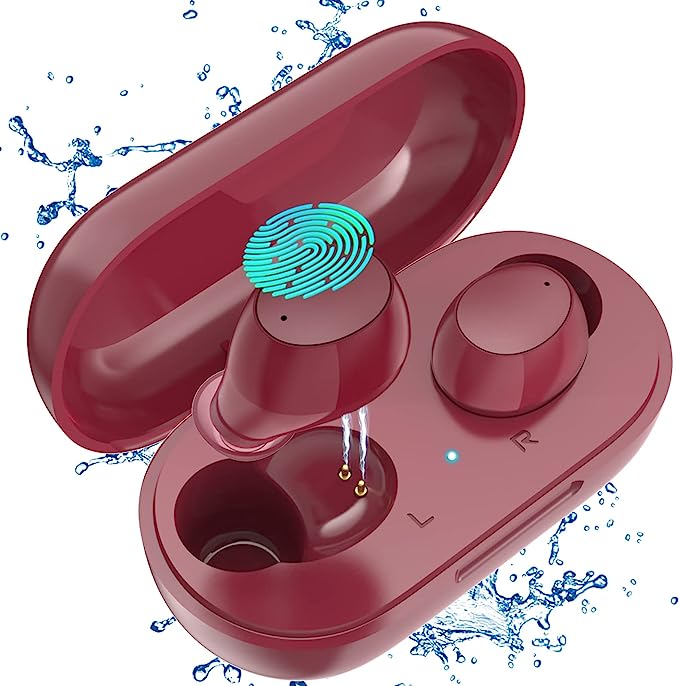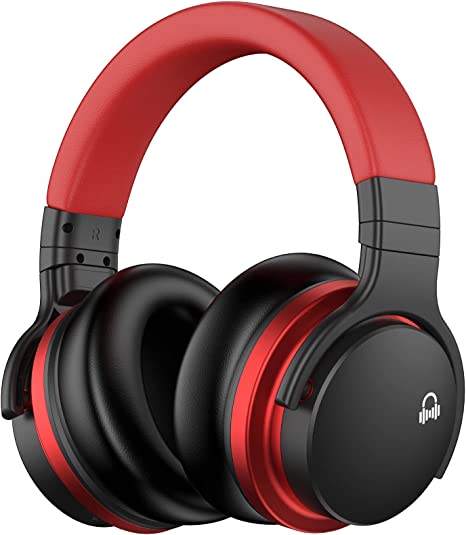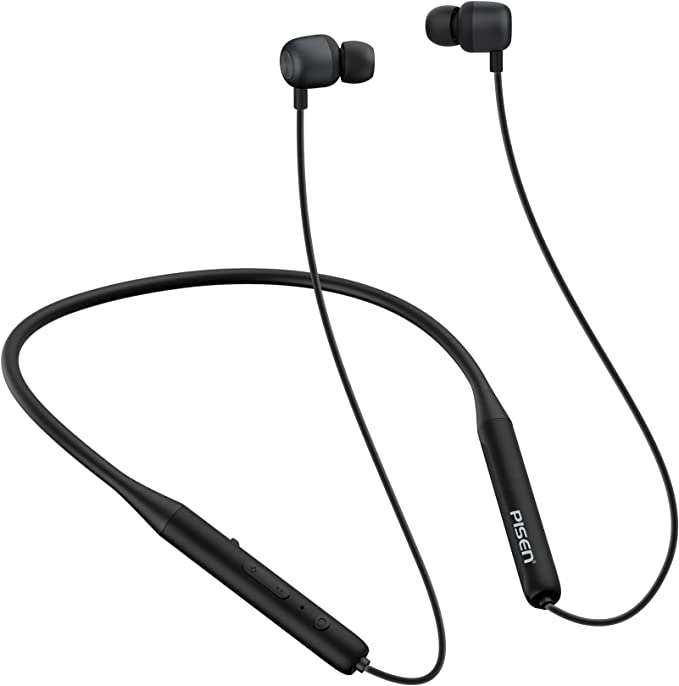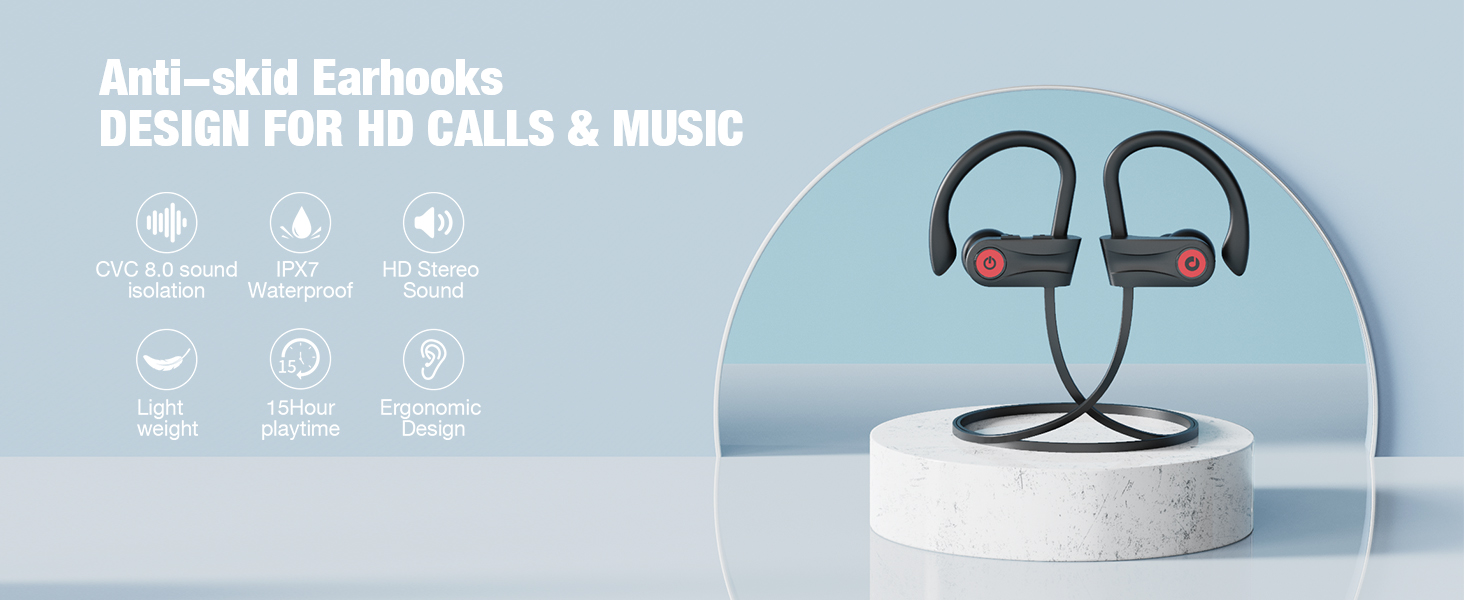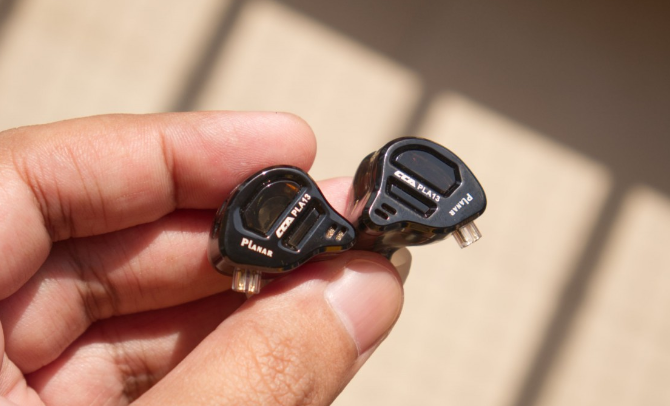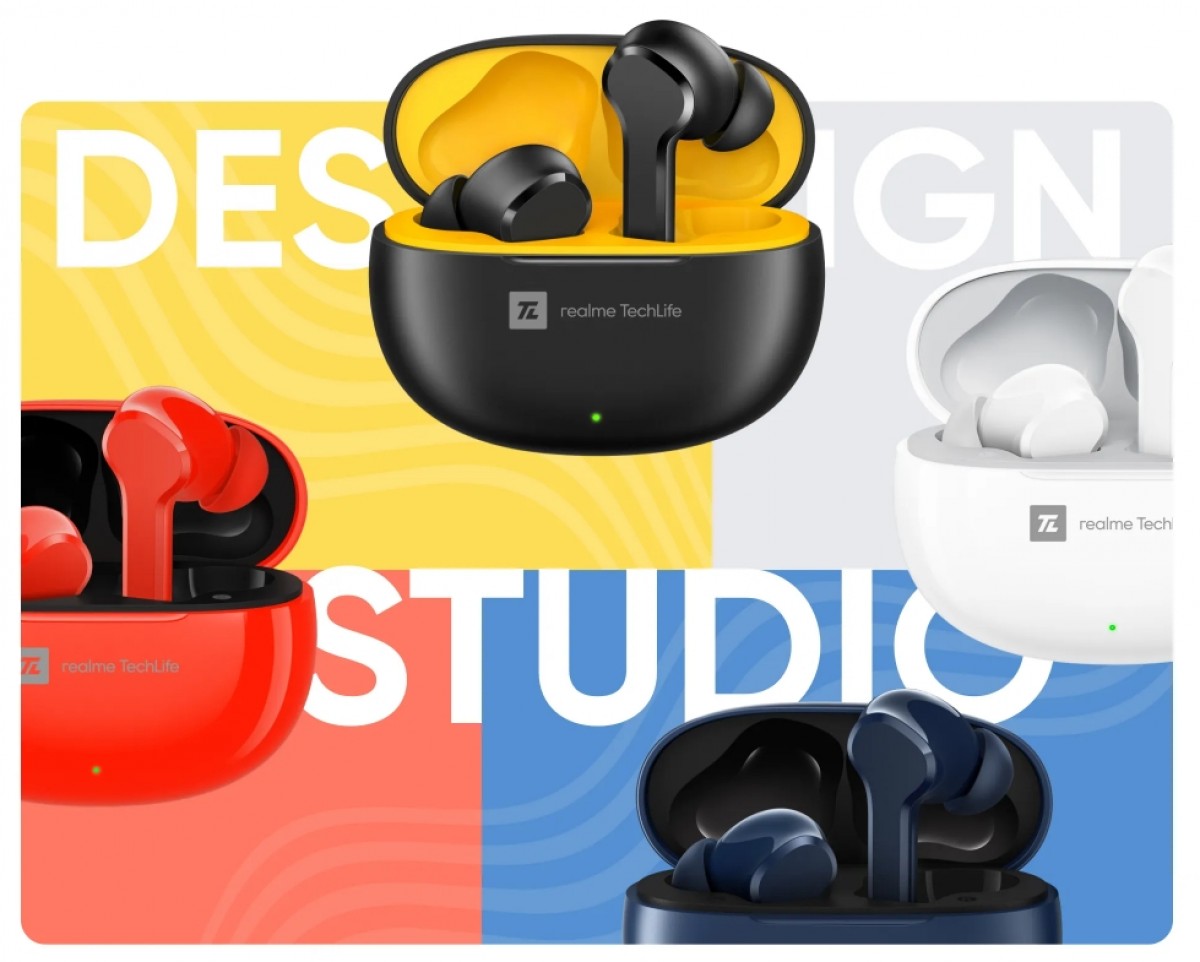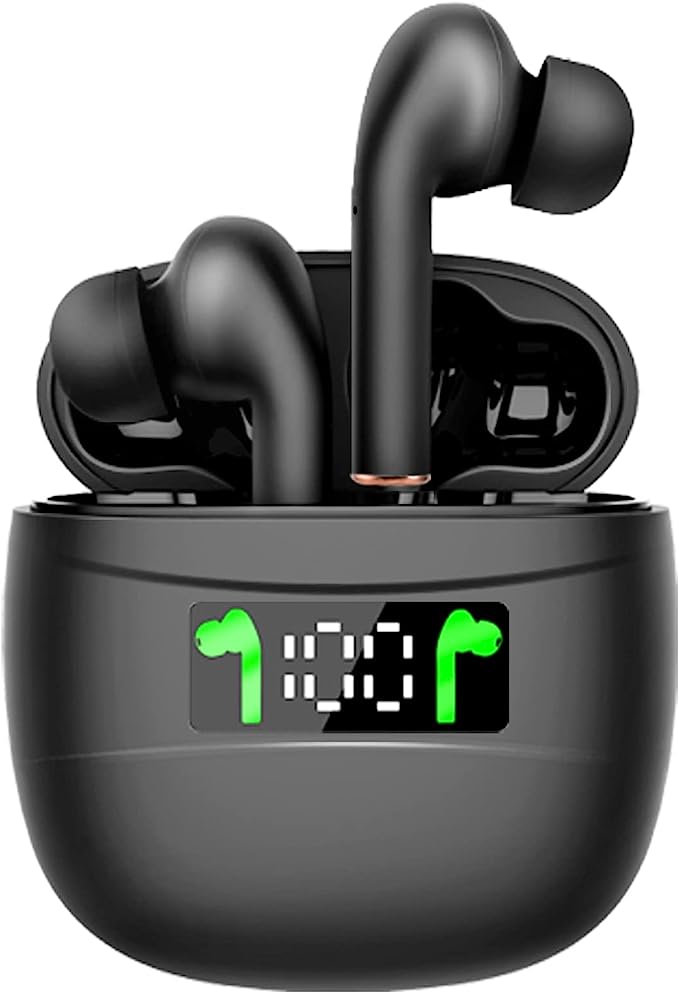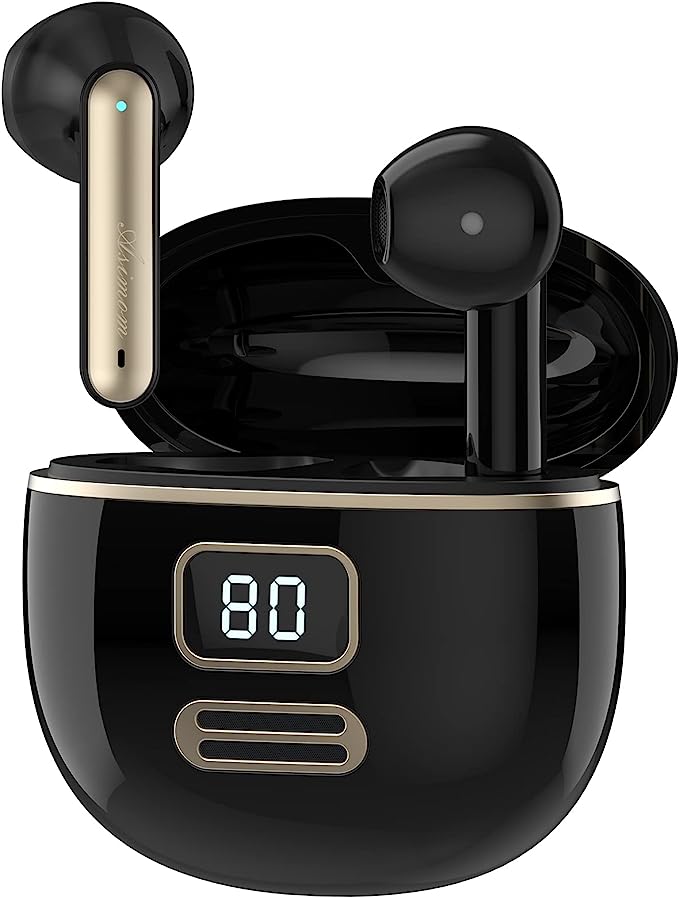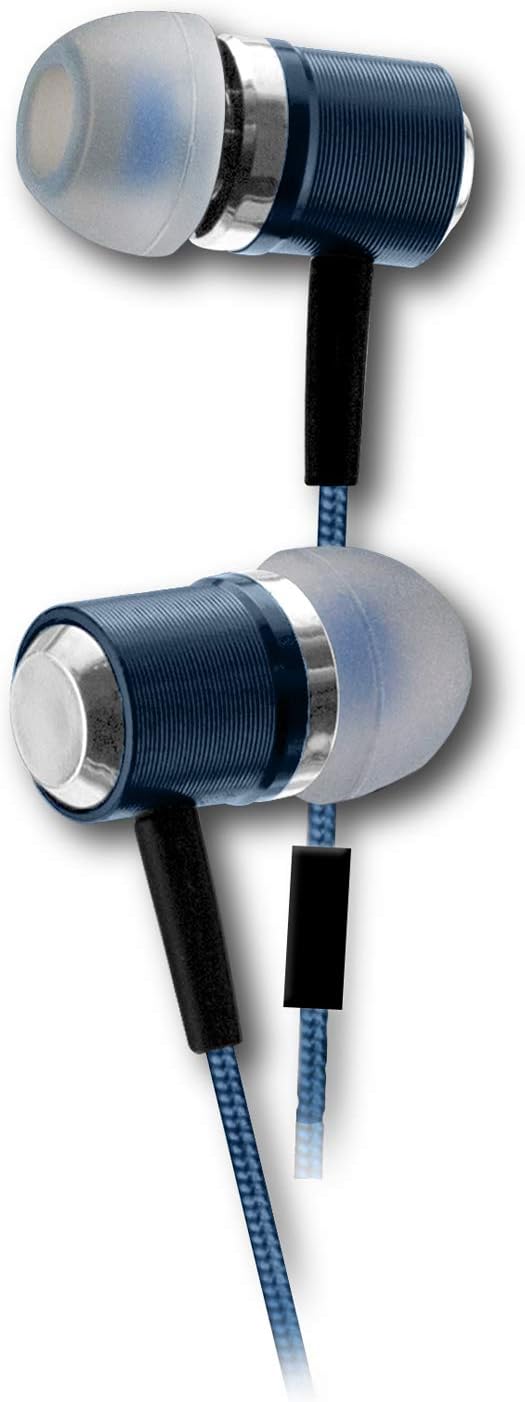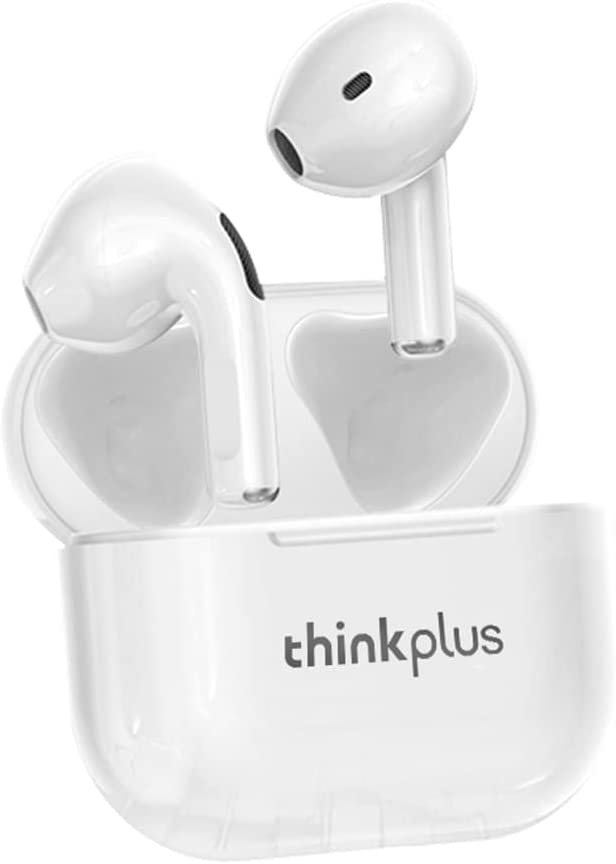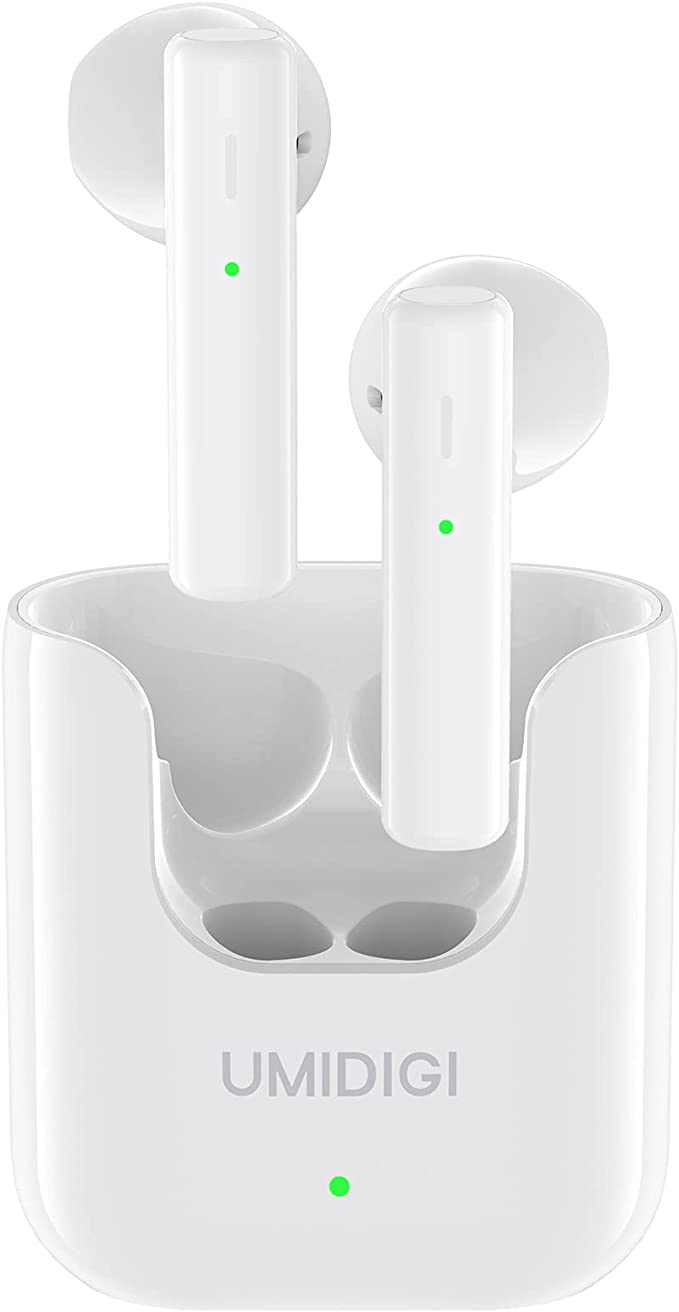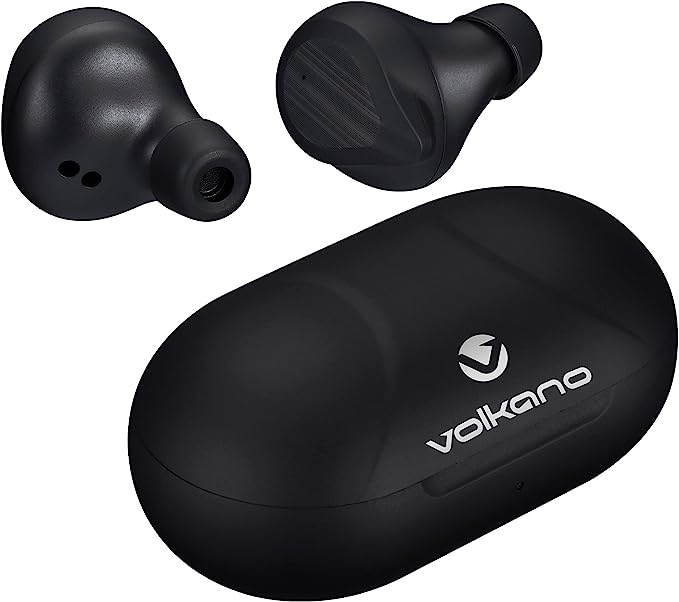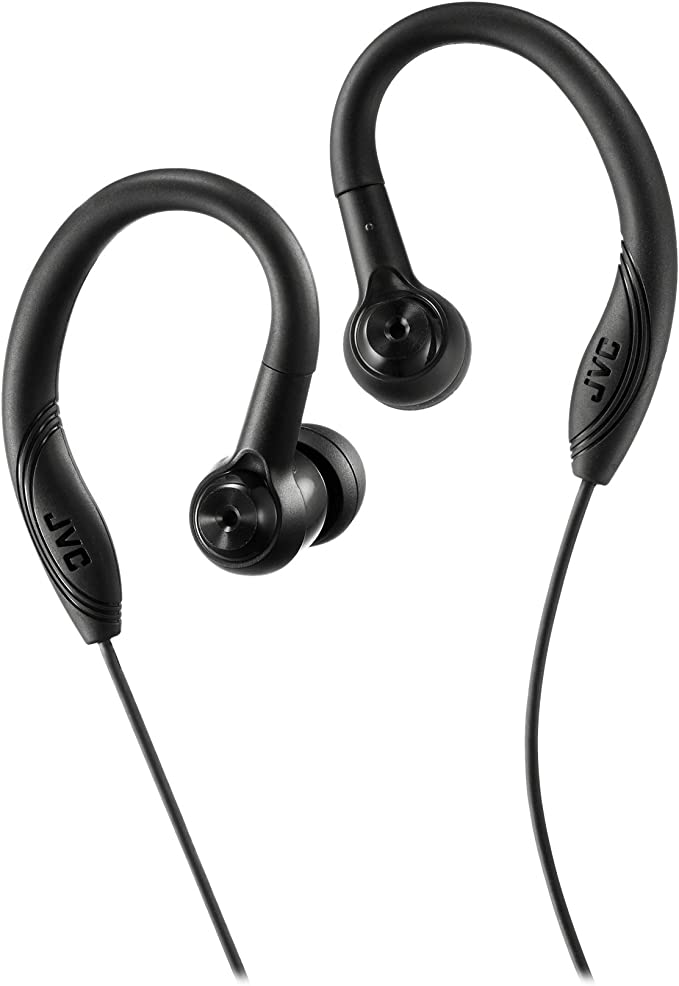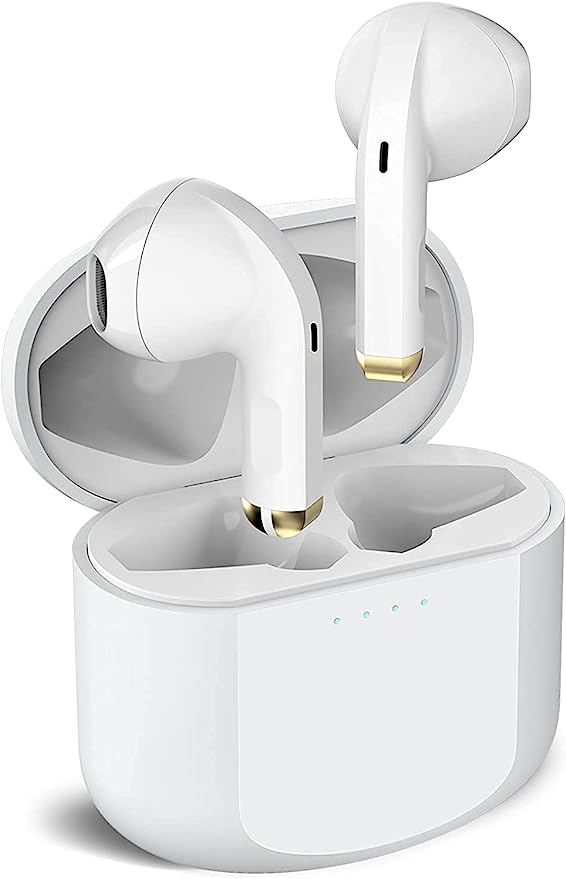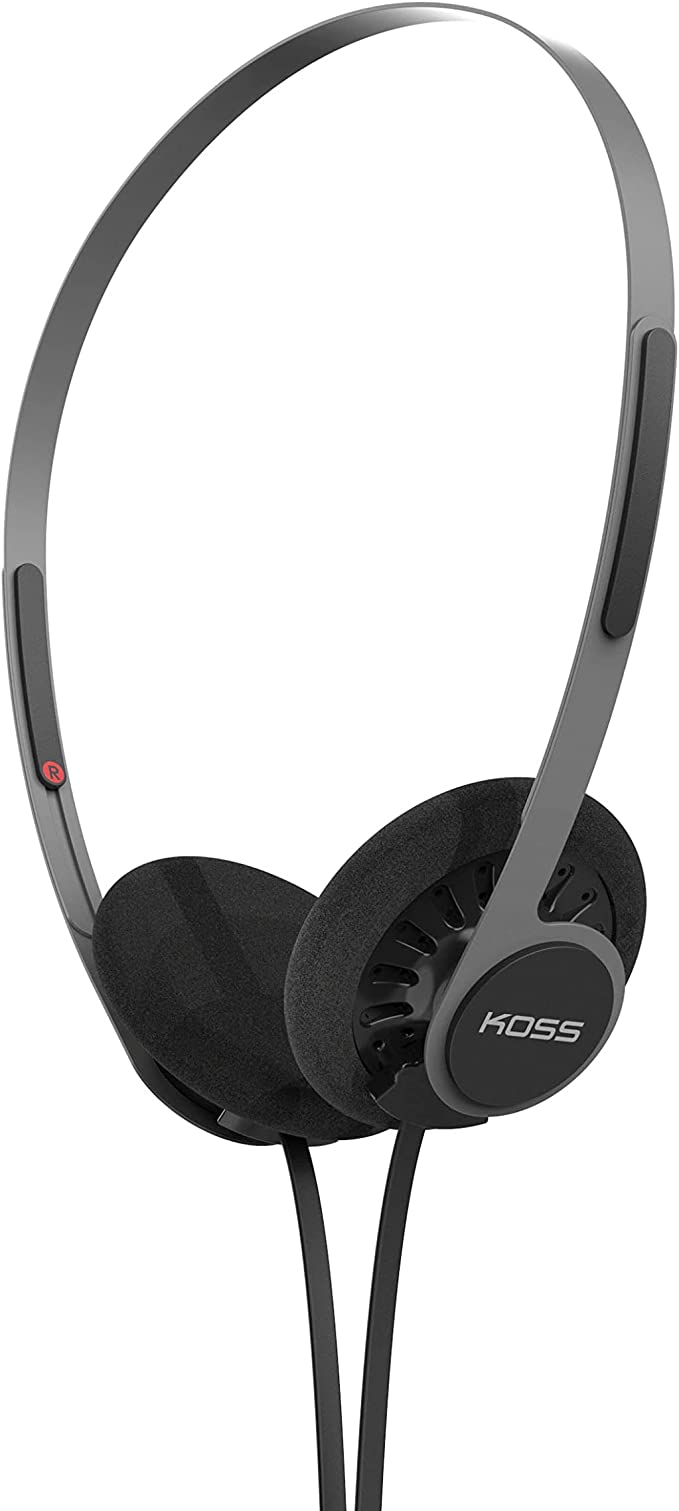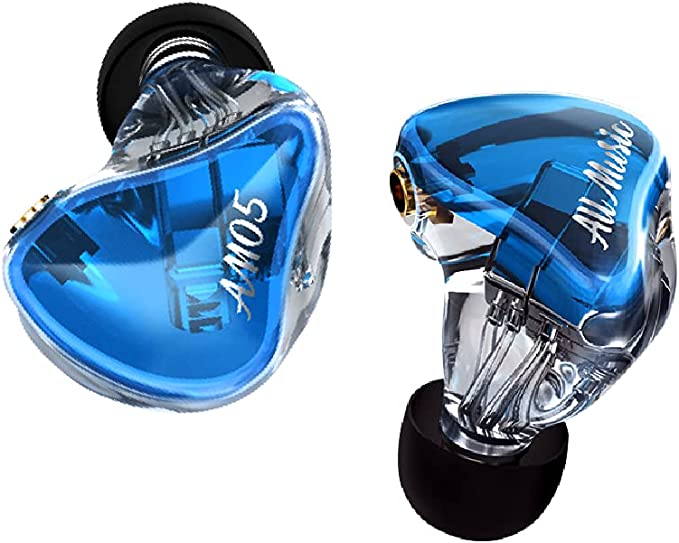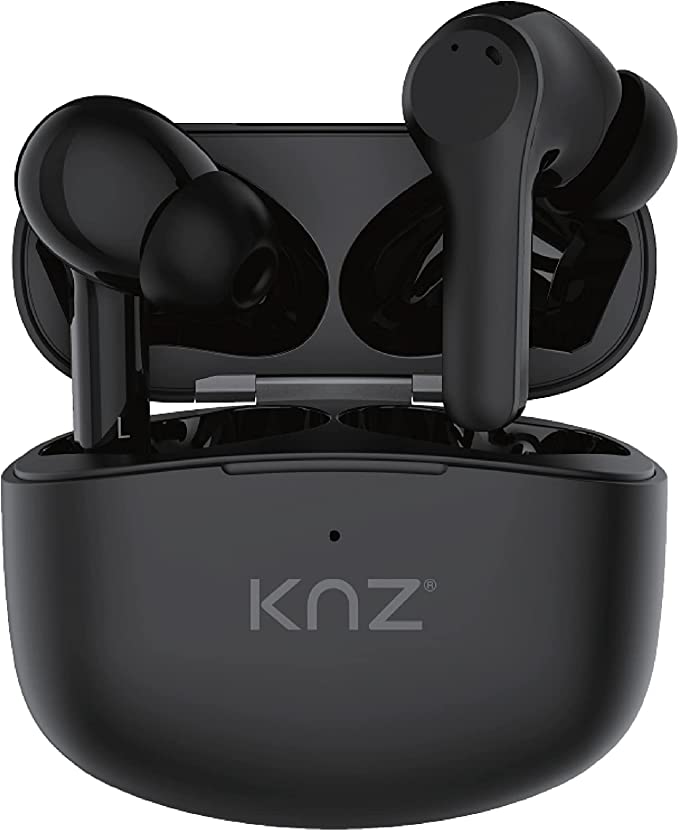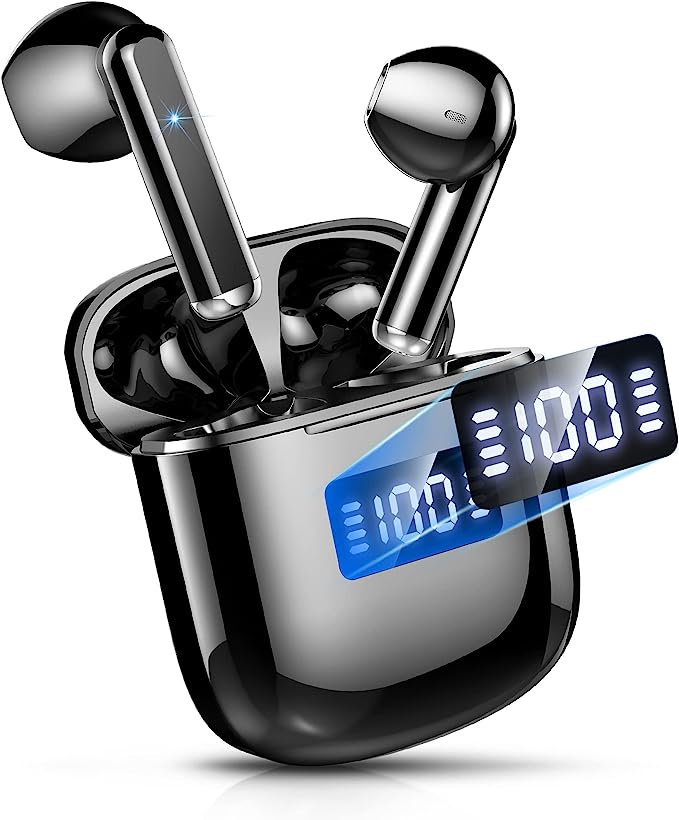How Do $30 Earbuds Work? Deconstructing the Science of Budget Audio
Update on Oct. 30, 2025, 2:08 p.m.
How Can $30 Earbuds Actually Sound Good? A Scientific Teardown
Let’s be honest. You see a pair of wireless earbuds for $300, and you see a pair for $30. It’s easy to assume the $30 pair is just a cheap toy. But in the world of modern audio, “affordable” no longer means “terrible.” In fact, some budget earbuds perform so well they seem to defy economics.
So, how is this possible? Is it magic? Or is it just marketing hype?
It’s neither. It’s a fascinating game of smart engineering, clever trade-offs, and applied psychology.
Welcome to your new audio class. This isn’t a product review. It’s a scientific deconstruction. We’re going to take a perfect “specimen”—the humble SoundPEATS Free2 Classic—and use it as our guide to understand the universal principles that make modern budget audio possible.
By the end of this, you won’t just see a cheap earbud. You’ll see a pocket-sized marvel of engineering. You’ll understand why it sounds the way it does, and you’ll be able to hear the science every time you press play.

Act 1: The Engine (How to Make Sound from a Tiny Box)
Before we talk about wireless signals or fancy features, we have to start with the physics of sound. The single most important part of any earbud is the driver. This is the miniature speaker, the “engine” that turns an electrical signal into the physical sound waves your ear understands.
The most common type, and the one inside our Free2 Classic specimen, is a dynamic driver.
Think of it like a tiny, perfect drum.
1. It has a diaphragm (the drum skin).
2. A voice coil (the “drumstick” attached to the skin).
3. A magnet (the “hand” that moves the drumstick).
When the electrical signal of your music flows in, the voice coil becomes an electromagnet that rapidly pushes and pulls against the magnet. This makes the diaphragm vibrate, pushing air and creating the pressure waves you hear as music.
Now, here’s the challenge: a bigger driver (a bigger drum skin) can move more air, which is great for “feeling” the bass. But in an earbud, space is the ultimate luxury. Our specimen uses a 6mm driver. That is tiny.
So, how do engineers get a big, full sound from a tiny 6mm engine?
The “Democratized” Material
You can’t make the driver bigger, so you have to make it better. The diaphragm must be two things at once:
1. Incredibly light, so it can vibrate thousands of times a second (for high-treble notes).
2. Incredibly stiff, so it doesn’t bend or “warp” while moving (which causes distortion, or “muddy” sound).
In the old days, you’d need exotic, expensive materials like Beryllium. Today, we have material science. The SoundPEATS Free2 Classic uses a bio-composite diaphragm. This isn’t just a marketing buzzword. It means they use strong, light cellulose fibers (derived from organic matter) mixed with a polymer. This composite material achieves that magic stiffness-to-lightness ratio at a fraction of the cost.
This is the first secret of budget audio: clever material science has replaced expensive rare materials.
The “Tuned” Space
The second secret isn’t the driver itself, but the plastic shell around it. That case isn’t just for looks; it’s an acoustic chamber. Engineers spend countless hours tuning the tiny vents and the volume of air behind the driver. By controlling how air moves inside the earbud, they can shape the sound, taming harsh frequencies and boosting the bass. It’s like turning a tiny flute into a small tuba, all through clever design.

Act 2: The Delivery (The Invisible Data Stream)
Okay, so we have a smart little engine. How do we get the music to it? This is the “wireless” part of the wireless earbud, and it’s all about one word: Bluetooth.
Think of Bluetooth as a digital courier service. It has to pick up a package (your music file), run it across a very crowded street (the 2.4 GHz radio band), and deliver it perfectly to your earbuds. To avoid crashing into Wi-Fi, microwaves, and other devices, it uses a technique called frequency hopping, switching “lanes” over 1,600 times per second.
Our specimen, the Free2 Classic, uses Bluetooth 5.1. The “5.1” isn’t just a bigger number. It brought key improvements in connection stability and efficiency, which is why these earbuds can pair almost instantly and play for 8 hours on a single charge.
But here’s the real trade-off in wireless audio. Your original music file (like from Spotify or Apple Music) is too big to fit on the Bluetooth bridge. It must be compressed (shrunk) by your phone and then decompressed (unpacked) by your earbuds.
The “language” used for this shrinking and unpacking is called a codec.
The Codec Compromise: Why This Is the Smart Trade-Off
This is the most important concept to understand in budget audio. The codec you use directly impacts sound quality.
- SBC (The “Mandatory” One): This is the default, universal codec. Every Bluetooth device must support it. It gets the job done, but it’s an older “language” that prioritizes a stable connection over high-fidelity sound. It can sometimes sound a bit flat or “lossy.”
- AAC (The “Better” One): This is a more advanced, more efficient codec. It’s the standard used by Apple for all its devices and services (like Apple Music). It provides noticeably better sound quality than SBC at similar data rates.
- aptX & LDAC (The “High-End” Ones): These are even more advanced codecs that can handle much more data, getting you closer to “lossless” or CD-quality sound. They require specialized (and more expensive) chips in both your phone and your earbuds.
Here’s the key: The SoundPEATS Free2 Classic supports SBC and AAC, but not aptX or LDAC.
This is not a flaw. This is the single most intelligent trade-off an affordable manufacturer can make. They know most people use iPhones (which only use AAC) or standard Android phones (which also support AAC). By including AAC, they deliver a high-quality experience to the vast majority of users. Adding the license and hardware for aptX would raise the price for a feature 90% of their customers might not even use.
This is the second secret: focus resources on the features that provide the most benefit to the most people (like AAC) and cut the expensive, niche ones.

Act 3: The Illusion (Engineering for Your Brain)
We have a smart engine (Act 1) and a good delivery system (Act 2). But to create a great listening experience, we have to deal with the most complex, finicky, and wonderful part of the whole equation: your body and your brain.
This is where engineering becomes an art.
The Fit is the “Free” Upgrade
First, the physical fit. An earbud’s shape isn’t just for style; it’s ergonomics. Engineers use massive databases of 3D-scanned ears to create a “universal” shape that fits most people securely.
But the most critical part is the soft silicone ear tip. When you get a good seal in your ear canal, two magic things happen:
- Passive Noise Isolation: The seal physically blocks out a huge amount of high-frequency background noise (like talking, or the hiss of an AC). This is “free” noise cancellation, no batteries required.
- Acoustic Coupling: A proper seal creates a tiny, closed system between the driver and your eardrum. This is essential for a strong bass response.
If you ever try budget earbuds and the bass sounds weak or “tinny,” 99% of the time it’s because you’re using the wrong-sized ear tip. A good seal is the single most important, and completely free, upgrade you can make.

The “Fun” vs. “Flat” Illusion
Finally, we get to the most fascinating part: psychoacoustics, or the science of how your brain perceives sound.
Here’s a secret: your ears are not perfect scientific instruments. They are naturally more sensitive to some frequencies (like the human voice) and less sensitive to others (like deep bass and high treble), especially at low volumes.
If an engineer designed an earbud to be perfectly “flat” or “accurate,” you would probably find it boring and “thin.”
So, audio engineers “tune” the earbuds. Like a chef seasoning a dish, they deliberately boost and cut certain frequencies to make the sound more pleasing. For most budget-friendly earbuds, including our Free2 Classic, they use a “V-Shaped” sound signature.
- They boost the bass (the low-end).
- They scoop the mids (where vocals sit) slightly.
- They boost the treble (the high-end “shimmer”).
This V-shape is a brilliant psychoacoustic trick. The boosted bass adds a powerful, rhythmic “fun factor.” The boosted treble adds a sense of “clarity” and “detail.” It’s not accurate sound (a studio engineer might scoff), but it’s an incredibly engaging sound for listening to pop, hip-hop, and electronic music on the go.
This is the third secret: A “V-shaped” tuning is a deliberate psychoacoustic choice to make the music sound more lively and to cleverly mask any limitations from the small driver or the compressed codec.

Conclusion: The $30 Miracle Isn’t a Miracle. It’s Smart Engineering.
When you look at a $30 pair of earbuds like the SoundPEATS Free2 Classic, it’s tempting to think you’re just getting a “cheap” product. But what you’re really holding is a testament to the democratization of technology.
It’s not a miracle. It’s a precise formula of intelligent, deliberate trade-offs:
- The Engine: They traded expensive, large drivers for a small, 6mm driver made brilliant by bio-composite materials and a tuned acoustic chamber.
- The Delivery: They traded the expensive, niche aptX/LDAC codecs for the “good-enough-for-everyone” standard of AAC.
- The Illusion: They traded a “flat, accurate” studio sound for a “fun, V-shaped” psychoacoustic tuning that makes everyday music come alive.
This is the hidden science of affordable sound. The genius is not in using the most expensive parts, but in understanding the physics, the data, and the psychology of listening so well that you can create a genuinely magical experience for the price of a few cups of coffee.
So, the next time you pop them in, listen close. You’re not just hearing music. You’re hearing a symphony of smart decisions.

